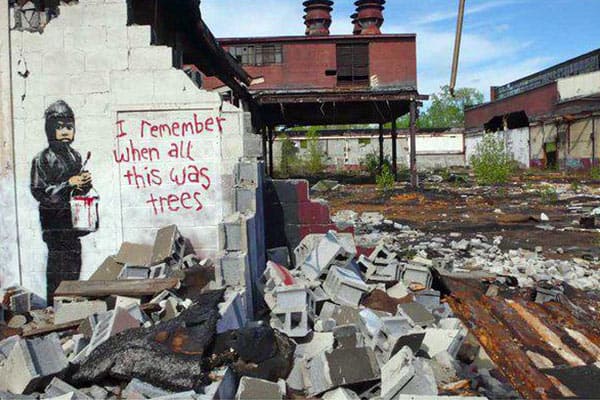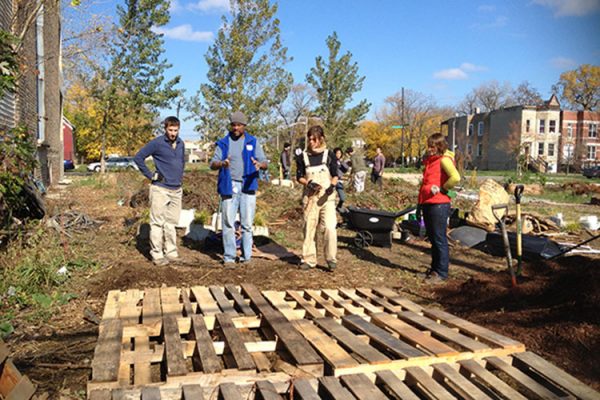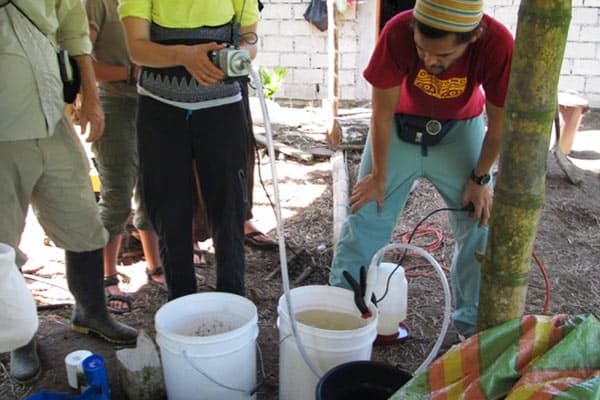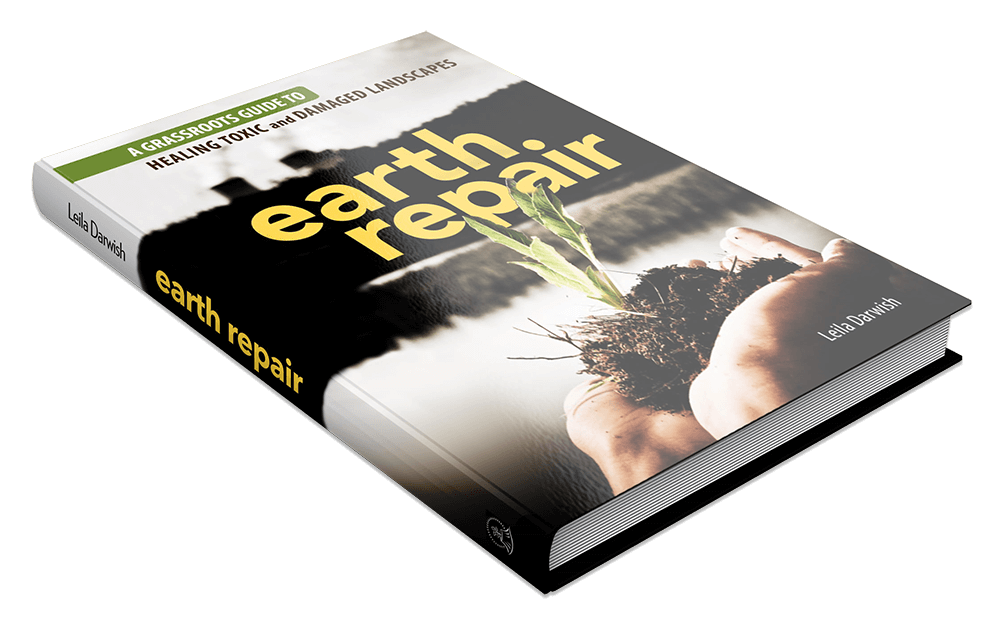How can we, the grassroots, work with the power of living systems to truly heal and transform toxic and damaged landscapes into thriving, healthy, and fertile places once more? How can we respond to environmental disasters in accessible and community empowering ways?
Earth Repair explores a host of powerful grassroots bioremediation techniques to assist with the recovery of the lands that nourish us, and to support the work many of us do everyday to grow healthy food and medicine amidst the polluted and damaged soils of our backyard gardens, community commons, and wild lands.
These techniques include:
- Microbial remediation – using microorganisms to break down and bind contaminants
- Phytoremediation – using plants to extract, bind, and transform toxins
- Mycoremediation – using fungi to clean up contaminated soil and water.
Packed with valuable, firsthand information, recipes and remedies from visionaries in the field, Earth Repair empowers communities and individuals to take action and heal contaminated and damaged land. Encompassing everything from remediating and regenerating abandoned city lots for urban farmers and gardeners, to responding and recovering from environmental disasters and industrial catastrophes such as oil spills and nuclear fallout, this fertile toolbox is essential reading for anyone who wishes to transform environmental despair into constructive action.
A Glance at the Table of Contents
- Introduction: A Manualfesto
- Chapter 1: Decolonization and Environmental Justice
- Chapter 2: Earth Repair and Grassroots Bioremediation
- Chapter 3: Grassroots Bioremediation – Getting Started
- Chapter 4: Microbial Remediation
- Chapter 5: Phytoremediation
- Chapter 6: Mycoremediation
- Chapter 7: The Art of Healing Water
- Chapter 8: Oil Spills – The Anatomy of an Environmental Disaster
- Chapter 9: Oil Spills – Tools for the Grassroots Bioremediator
- Chapter 10: Nuclear Energy and Remediating Radiation
- Chapter 11: Self-Care for Earth Repair Responders and Healers Conclusion: Final Words for a Fertile Way Forward
- Appendix 1: Contaminants 101
- Appendix 2: Conventional Remediation Techniques
















